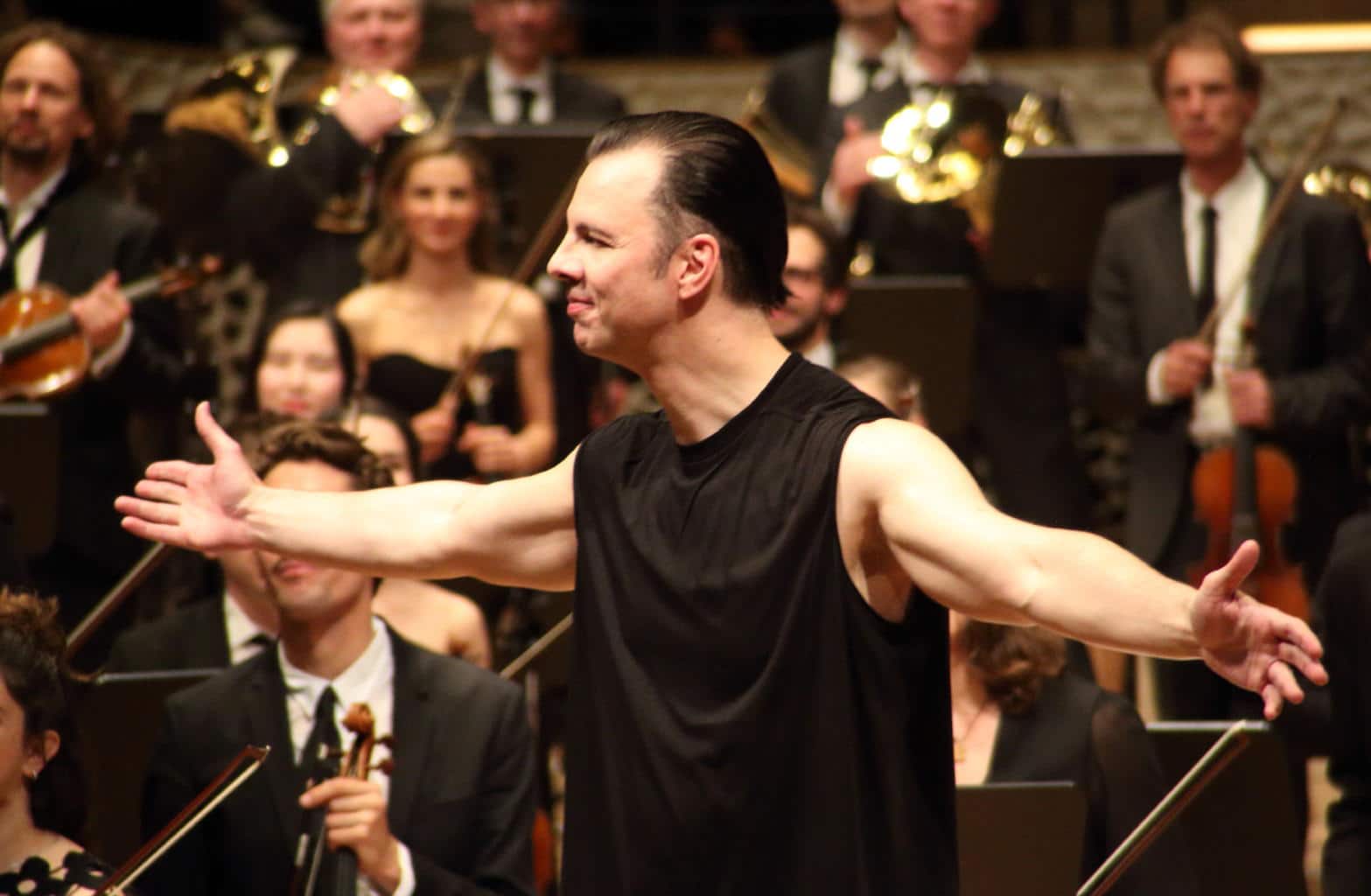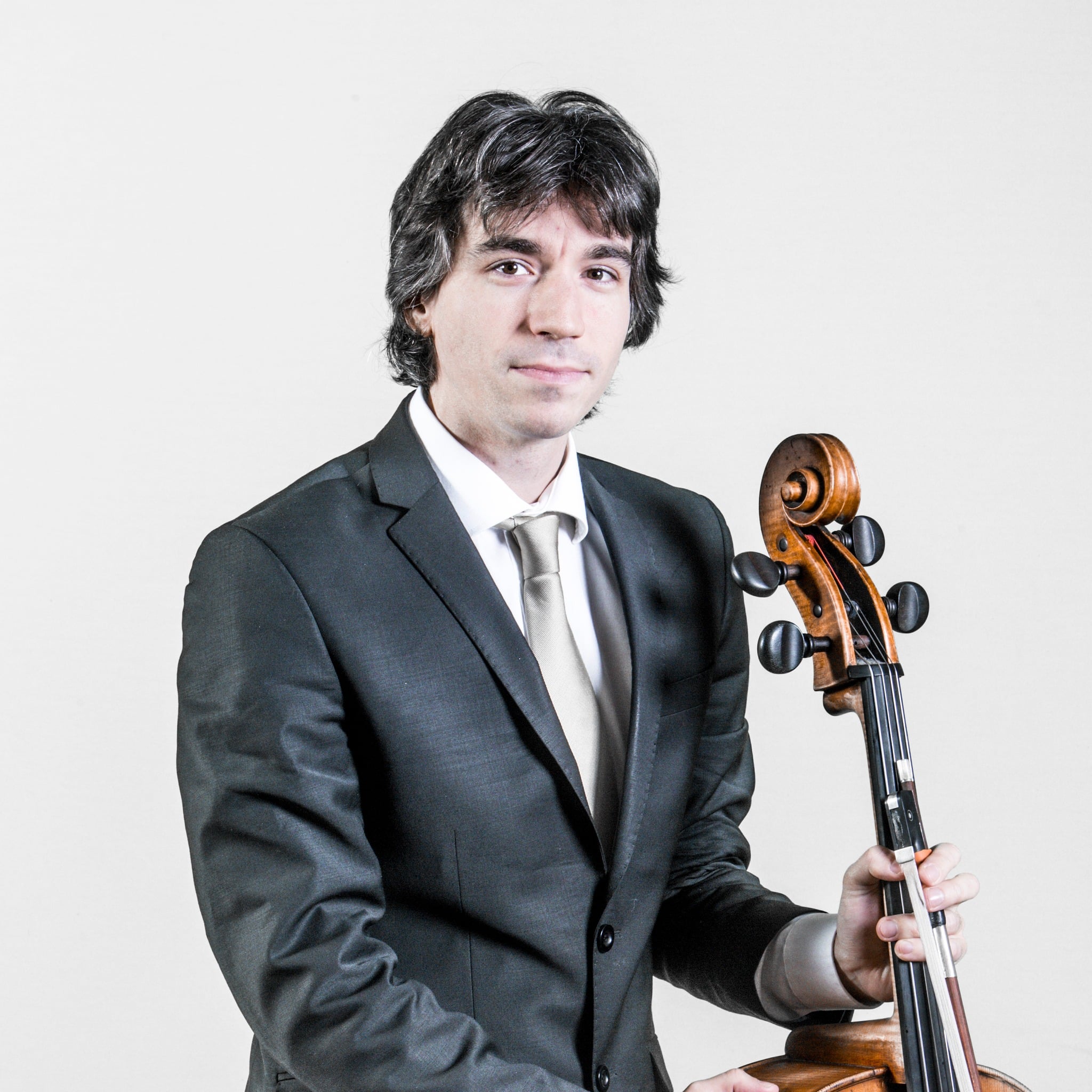So, singers, is Hamburg’s swanky hall really that dim?
mainJonas Kaufmann says the sound at the Elbphilharmonie is unacceptable and he will explain why to the audience if he ever sings there again (which is unlikely).
Any other singers care to share their experiences of the hall?
We know that some string quartets have found it tough to project.






Comments